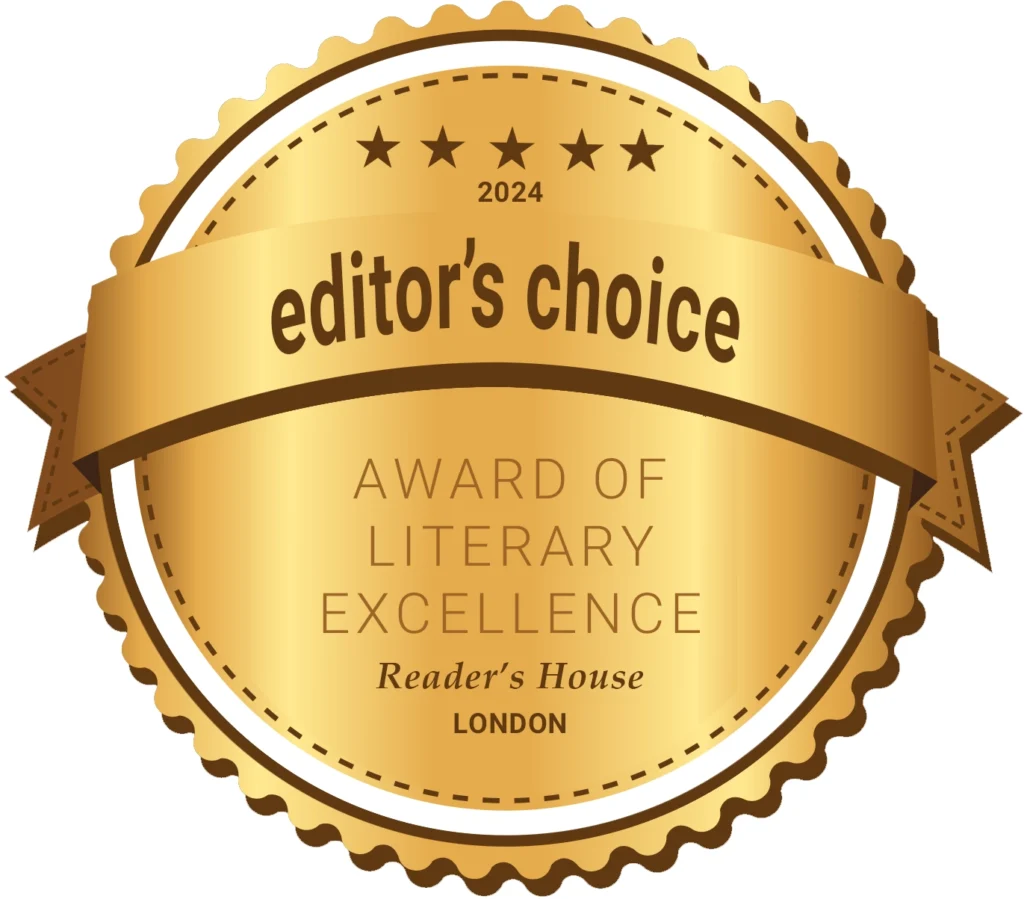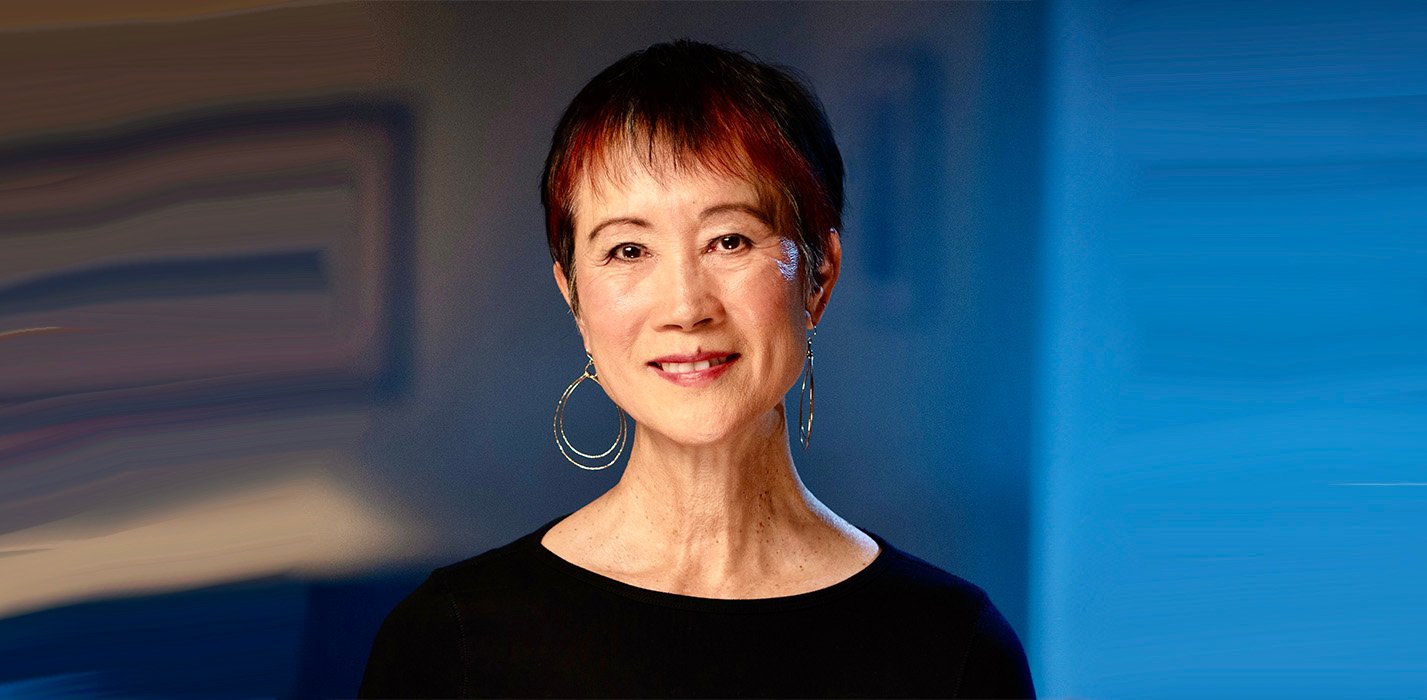Renowned author Tess Gerritsen discusses her transition from medicine to writing, the adaptation of her novels into TV series, crafting medical suspense, filmmaking endeavors, and invaluable advice for aspiring writers.
Internationally acclaimed author Tess Gerritsen is a literary force to be reckoned with, seamlessly blending her background in medicine with her passion for storytelling to create gripping narratives that captivate readers around the globe. In our exclusive interview with Tess Gerritsen for Reader’s House magazine, we delve into the fascinating journey of a writer who transitioned from the halls of medicine to the corridors of imagination.
A graduate of Stanford University and a recipient of her M.D. from the University of California, San Francisco, Tess Gerritsen initially embarked on a career in medicine. However, her innate desire to weave tales never waned, leading her back to her childhood passion for storytelling. Her foray into fiction began during a maternity leave, and since then, there has been no looking back.
Tess’s debut medical thriller, “Harvest,” marked her auspicious entry onto the New York Times bestseller list in 1996, setting the stage for a remarkable literary career. With each subsequent novel, she has continued to enthrall audiences, with her books translated into 40 languages and over 30 million copies sold worldwide.
Among her notable works is the riveting series featuring homicide detective Jane Rizzoli and medical examiner Maura Isles, which served as the inspiration for the hit TNT television series “Rizzoli & Isles.” Despite the adaptation process, Tess Gerritsen’s commitment to her characters and stories remains unwavering, showcasing her dedication to delivering authentic and compelling narratives.
While Tess’s novels often delve into the realm of medical suspense, her storytelling prowess extends far beyond, evident in her diverse range of works, from documentaries to horror films. Drawing from her experiences in filmmaking, Tess brings a multifaceted approach to her storytelling, captivating audiences across various mediums.
Throughout our interview, Tess provides invaluable insights into her creative process, offering aspiring writers sage advice on navigating the competitive landscape of publishing. With a career spanning over three decades, Tess Gerritsen stands as a beacon of inspiration for writers everywhere, reminding us that there is no wrong way to write a book, only the courage to embark on the journey of storytelling.
Join us as we unravel the enigmatic world of Tess Gerritsen, where medicine meets mystery, and imagination knows no bounds.
You initially pursued a career in medicine before venturing into writing fiction. What inspired this transition, and how has your medical background influenced your approach to storytelling?
I was a writer before I became a doctor. At age seven, I knew I wanted to tell stories, but my father advised me that it wasn’t a secure way to make a living, so I went into medicine again. It was only after practicing several years, and when I went on maternity leave, that I was able to return to my first love and start telling stories. Medicine, at first, did not influence my writing at all. My first novels were romantic thrillers, but after the publication of my first medical thriller, HARVEST, I realized there was an audience out there that was hungry for stories with medical settings and themes. And that’s when my background as a doctor became more important to my writing.
Your series featuring Jane Rizzoli and Maura Isles has been adapted into the successful television show “Rizzoli & Isles.” What are your thoughts on the adaptation process, and how closely do you work with the creators to maintain the integrity of your characters and stories?
I didn’t work at all with the creators, but allowed them to shape the television show in the way they thought would appeal to the broadest audience. In many ways, authors need to dissociate themselves from whatever Hollywood does to their work, because often it will be really different. I just focused on writing my books.
Many of your novels delve into the realm of medical suspense. What draws you to this genre, and how do you go about researching and crafting the intricate medical details in your books?
While I have indeed used medicine to enrich the details of some of my novels, I’ve never felt limited to writing medical novels. Medicine of course is rather easy for me to write about, because I don’t have to do as much research as I would writing, say, a thriller set in space (which I’ve done, too.) My audience, though, has come to expect a lot of medical details from me, and since one of my main series characters, Maura Isles, is a doctor, it feels natural to include these details.
Your novel “The Surgeon” has been hailed as one of the best mystery/thriller novels ever written by Time Magazine. What inspired the storyline of this gripping tale, and how did you go about developing the character of Jane Rizzoli?
I was thinking about what scares me, as a patient. What is there about going to the doctor that could turn into a nightmare? And I thought about blood tests, and how many secrets they reveal about us, secrets we may not want anyone to know. That theme of our blood making us likely victims of a killer followed naturally from those first thoughts, and that’s how THE SURGEON got started: a killer who uses blood test results to pick his next victims. The main character was actually a woman named Catherine Cordell, a surgeon who was also, years before, attacked by a serial killer. She managed to fight back and kill her attacker, but years later, it seems he’s risen from the dead and is coming after her again. Jane Rizzoli was just a secondary character in that novel, one of the detectives assigned to investigate the case. Jane’s not a particularly likable character in the book — in fact, she turns Catherine into a suspect — but something about her grew on me. Her courage, her tenacity, her brilliance. By the time I finished writing that book, I knew I wanted to see Jane again, in a new book, so I wrote THE APPRENTICE. That’s how the series was born — because a character wouldn’t let me go.
Your filmmaking endeavors, including the documentary “Magnificent Beast” and the horror movie “Island Zero,” showcase a diverse range of interests. How does your experience in filmmaking inform your approach to storytelling in novels?
When it comes to storytelling, there are similarities across all media. The first rule of thumb: engage the emotions of your audience. I try to do that with my books, and in film (both documentaries and narratives), you also try to do it, whether it’s by scaring them or moving them in other ways. Horror, of course, is a genre where it’s all about engaging emotions: your job is to scare people. With “Magnificent Beast,” about the history of the pig taboo, we had a tougher job. That film is really a mystery, and investigation, into religious history as well as the relationship between humans and an animal. Our approach was to engage the love/hate relationship people seem to have with the pig.
In your book “Bloodstream,” you explore themes of violence and biological manipulation in a small town. What inspired this particular storyline, and what message were you hoping to convey to readers through the narrative?
That was inspired by my own life! My son was a teenager at the time, and he and his friends got into a little trouble here in town. The end result was that the parents and the boys all ended up in the local police station, where we parents were struggling to deal with the fact our kids had done something wrong. I went home, and the writer in me asked: “what if it was REALLY bad? What if the kids had done something REALLY disturbing?” Then I envisioned a whole town where the kids were turning violent, even killing their own family members. And that’s how BLOODSTREAM started, a story about a little town in Maine where all the teenagers suddenly turn violent — and it’s a wave of violence that repeats in this town about every 50 years. I’m not sure I was trying to convey any message except that it’s sometimes hard to be a parent, and when you love your kid, you have to be patient and understand that good kids sometimes go through difficult times.
Your novel “Playing With Fire” delves into the emotional turmoil of a mother whose daughter exhibits violent behavior. What inspired you to tackle such a sensitive and intense subject, and what challenges did you face while writing this book?
That was inspired by a trip I took to Venice. I had a nightmare one night. I dreamt I was playing my violin, some dark and disturbing melody. There was a baby sitting next to me, and as I played the music, the baby’s eyes glowed red and she turned into a monster. I woke up shaken, not knowing what it meant, but certain there was a book in it — something about the power of music to inspire evil. That day, when I walked around Venice, I ended up in the old Jewish quarter, where there were many memorials to the 246 Jews who perished in the Holocaust. I saw a group of names on a plaque, of the dead, and thought: here is my story. It’s about this Jewish family, and about a violinist and how he comes to write a disturbing piece of music called “Incendio.” Years later, that piece of music surfaces in an antique store, where a modern-day woman violinist buys it. Every time she plays it, her 3-year-old daughter goes berserk and does something violent. She becomes the monstrous baby of my dreams. The story unwinds in both the present (with the mother struggling to understand why her child is doing such things) and in the past (with the Jewish family in wartime Italy.) What made this project particularly strange was the fact I actually dreamed the melody of “Incendio” one night, and composed the whole thing over a period of two weeks. (It was recorded by violinist Susanne Yi-Jia Hou, and is available on YouTube.) The theme is the universality of music, and how even across centuries, musicians share a bond — and can sense the tragedies of the past through these melodies.
With a career spanning over three decades and numerous bestselling novels, what advice would you offer to aspiring writers looking to establish themselves in the competitive world of publishing?
Write what excites you, what moves you. It helps if you can hear the voice of your character in your head. Let him or her tell the story, and become the conduit for these characters. And don’t worry if the first draft is awful — give yourself permission to just keep writing until you finish the first draft. Finally, remember this: there is no wrong way to write a book.
Follow the Author:
- website: https://www.tessgerritsen.com
- Facebook: https://www.facebook.com/TessGerritsen
- Twitter: https://twitter.com/tessgerritsen
- Instagram: https://www.instagram.com/tess.gerritsen/
- Amazon: https://www.amazon.com/stores/author/B000AQ4IHU
- Goodreads: https://www.goodreads.com/author/show/18149.Tess_Gerritsen
EDITOR’S CHOICE
“The Spy Coast by Tess Gerritsen delivers an electrifying espionage tale, blending suspense and nostalgia for an unforgettable reading journey.”
The Spy Coast by Tess Gerritsen is a riveting spy thriller that will keep readers on the edge of their seats. The story follows retired CIA operative Maggie Bird as she navigates the challenges of small-town life in Maine while grappling with the shadows of her past. When a body appears on her property, Maggie must rely on her former CIA friends to unravel the mystery and stay one step ahead of those who seek to harm her.




